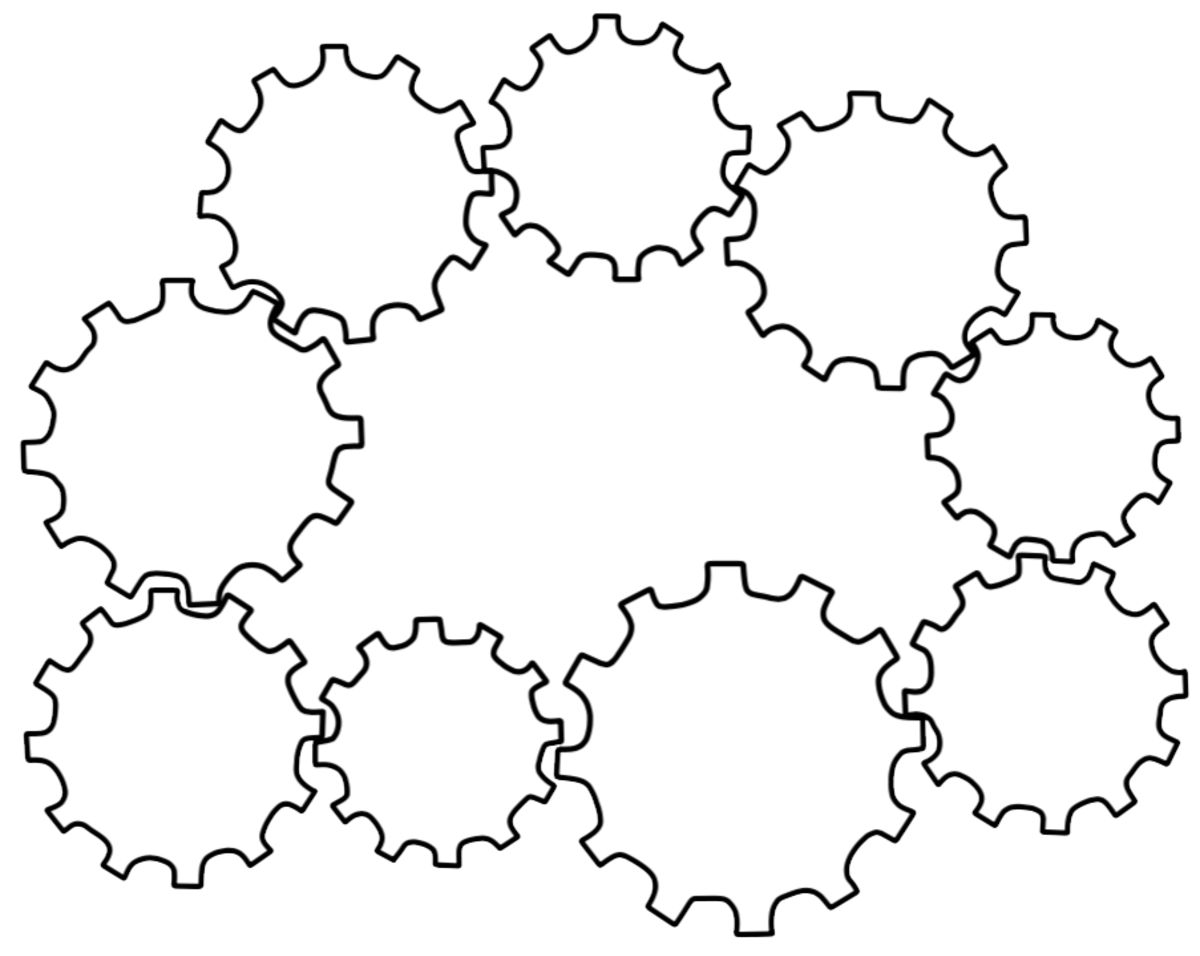Stevens Math Circle Initiative Receives $300K National Science Foundation Grant to Expand Programming
A three-credit course and new teaching opportunities are now available to Stevens undergraduates
Stevens Institute of Technology’s Math Circle Initiative was founded by the Department of Mathematical Sciences in 2017. Teaching Associate Professor and Associate Chair for Undergraduate Studies Jan Cannizzo and Teaching Associate Professor Andrey Nikolaev initially conceived of the program as a unique outreach activity that would benefit both the local community and Stevens undergraduates. Math circles have been providing engaging math experiences for third through sixth graders for the last six years.
Now, thanks to a three-year, $300,000 grant from the National Science Foundation’s Improving Undergraduate STEM Education initiative, the Stevens Math Circle Initiative is taking an exciting new direction that includes a three-credit class for Stevens undergraduates and the opportunity for students to earn a stipend for leading a math circle program at one of three Hoboken partner sites.
The NSF grant will investigate the impact of the community engagement program on the undergraduate students who participate. Nikolaev and Gail Baxter, director of the Center for Innovation in Engineering and Science Education at Stevens, are co-PIs on this grant.
How math circles have made an impact
The first Stevens math circles were launched in two local public schools and served students in Grades 3-6. The program, intended for students with an interest in math, is based on a model that originated in Eastern Europe.
“There was a long Eastern European tradition of professional mathematicians engaging in outreach by working with schoolchildren,” said Cannizzo. “Many prominent mathematicians participated in math circles as children.”
While math circles have been rare in the United States, interest has been growing. Explained Cannizzo, “Some are gifted and talented programs, but others just try to engage with any and all interested kids.”
The Stevens approach to math circles, Cannizzo said, is unique.
“At Stevens we hire talented undergrads to be the instructors, so it’s a community engagement program that serves both the K-12 kids and the Stevens students who gain teaching skills. This also means we can organize many different circles at partner sites in and around Hoboken, rather than the usual format of us leading just one circle ourselves.”
Math circles are not remediation or math tutoring; rather, they’re intended for students who have an interest in exploring math more deeply and from a different point of view. Unlike what students typically experience in school, math circle activities are conducted in a fun, collegial way and include discussions about important ideas in math, playing mathematical games and building constructions with paper and scissors.
The pandemic (and Zoom) expanded the math circles’ reach
Stevens’ math circles started out strong in 2017, but, like many in-person programs, they languished at the start of the COVID-19 pandemic in 2020. It wasn’t long, however, before the Stevens professors behind the math circles realized that Zoom meetings could keep the program alive.
Transferring the program online, said Cannizzo, “went surprisingly well. We set a record for the number of math circles we were offering. We could reach schools from a broader geographic area — not just Hoboken but also Jersey City, to which we wouldn’t usually send Stevens students.”
Exploring the impact of teaching on undergraduate student teachers
Stevens’ math circles launched with initial funding from the Department of Mathematical Sciences. Once the program took off, it was further expanded through grants from several sources, including the Mathematical Association of America, the Alfred P. Sloan Foundation and the PNC Foundation.
In addition to funding math circles, the new NSF grant helps expand the program’s mission, underwriting a research project that will focus on the Stevens undergraduates who run math circles and the long-term impact of that experience on them.
“We’re not just continuing an existing Stevens program,” Cannizzo explained. “The NSF grant involves creating and running a new course at Stevens, and the students who enroll in the course will run math circles as part of their coursework. The course introduces the history of math circles and provides training.”
Participating undergraduates will lead math circles at one of three sites: the Hoboken public schools, the Hoboken Public Library or the Hoboken Boys and Girls Club. Stevens students will also have the opportunity to design their own math circle content. After completing the course, they’ll be able to continue working the next semester as math circle instructors and receive stipends for their efforts.
Next steps for math circles
Cannizzo is excited about the potential impact of the project, both for the children and for the undergraduates.
“We are hoping Stevens students will find this a valuable part of their undergraduate education,” he said. “We also wonder if it will lead students to pursue careers in math education, and we’re curious about the demographics of Stevens participants.”
The three-year NSF grant was awarded in December 2022, which meant that the first math circles course for undergraduates had to be organized in just a few weeks to launch in time for the spring semester. Despite its late appearance in the catalog, the course attracted six enrolled students. In the future, the course may include up to 12 students.
Starting in the 2023-24 academic year, the math circles course will be offered in the fall, with undergraduates continuing the work the following spring. Each semester, pairs of Stevens students will work with eight to twelve children in Grades 3-6.



